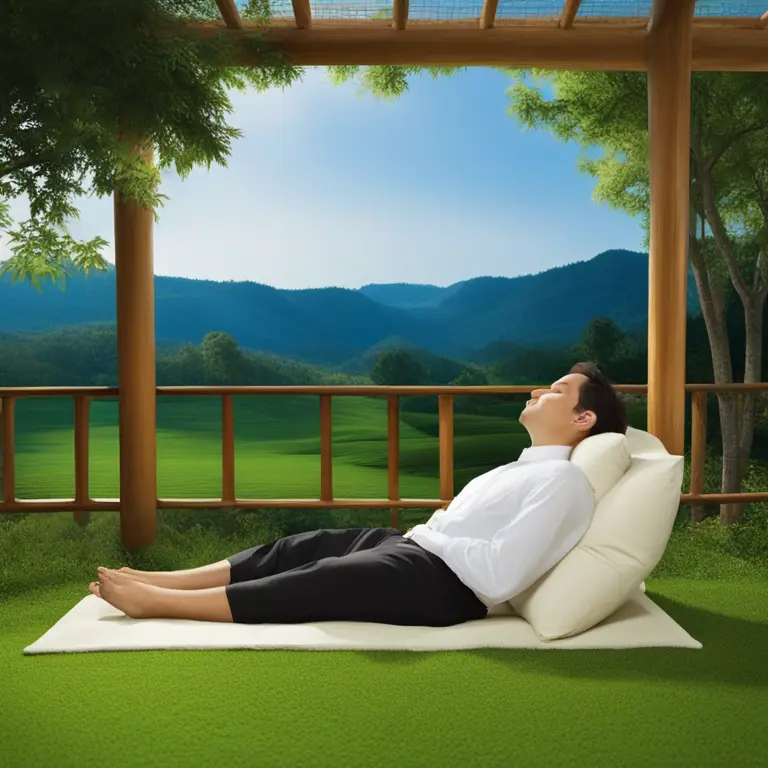
Practicing Mindfulness Meditation in a Reclined Position
Discover the effectiveness of mindfulness meditation while lying down, its benefits, and tips for optimal practice in a reclined posture.
article by Hina Kurosawa
Introduction to Reclined Meditation
Mindfulness meditation is often associated with the traditional cross-legged seated posture. However, the misconception that this is the only way to meditate limits the accessibility of mindfulness practices for many. In reality, mindfulness meditation can be adapted to various positions, including lying down. This article delves into the appropriateness of practicing mindfulness meditation in a reclined position, its potential benefits, and how to do it effectively.

The Validity of Lying Down for Meditation
Can one truly meditate while lying down? The answer is a resounding yes. The postural flexibility in meditation caters to diverse needs and preferences. Lying down can be especially beneficial for those with physical limitations, chronic pain, or even for seasoned practitioners seeking a different experience. The key to effective meditation lies in the intention and awareness one brings to the practice, not merely the physical position.

Benefits of Lying Down Meditation
Engaging in mindfulness meditation while lying down has several advantages. It can promote relaxation, reduce tension, and alleviate stress more rapidly than other positions. For individuals who experience discomfort or distraction due to sitting for extended periods, lying down can offer a more comfortable alternative, allowing a deeper immersion into the meditative state.

Guidelines for Reclined Meditation Practice
To practice mindfulness meditation in a recumbent posture effectively, one must attend to comfort and spinal alignment. Choose a flat surface and consider supportive props, like a pillow under the knees or a small cushion beneath the head. Ensure the arms rest gently by your sides with palms facing upward. Close your eyes and consciously release any tension from your body as you enter into your meditation.

Overcoming the Sleepiness Hurdle
A common challenge when meditating while lying down is the tendency to fall asleep. To maintain wakeful awareness, focus intentionally on the breath or use guided meditations for structure. Mental clarity can also be supported by choosing times of the day when you're less prone to drowsiness, such as the morning or after a light snack.
Integrating Mindfulness Into Your Lying Down Routine
Incorporating mindfulness into your daily routine, even while lying down, can have profound implications for your overall wellbeing. Consider beginning or ending your day with a 10 to 20-minute session to cultivate a state of calm and presence. This subtle integration allows for a regular touchpoint with mindfulness, anchoring you in the present moment.
Embracing Flexibility in Your Meditation Journey
Embracing the flexibility to meditate in various postures is emblematic of mindfulness itself—adapting to the moment with acceptance. Whether seated, walking, or lying down, the spectrum of meditation postures is vast and validating. Explore and honor what feels right for your body and mind, and remember that mindfulness is an inclusive practice, accessible to all, regardless of posture.
Published: 1/18/2024
Modified: 1/18/2024
More predictions
Come back here soon to learn more about yourself and your future


Can Meditation Impact On Depression?
Meditation can be a powerful tool for mental health. Discover whether incorporating a meditation practice can alleviate depressive symptoms.


Exploring Meditation in Psychological Practice
Delve into the psychological perspective on meditation, its benefits, and applications in modern mental health practices.


The Significance of Modern Meditation
Discover the crucial role meditation plays in fostering well-being, focus, and balance in today's fast-paced world.